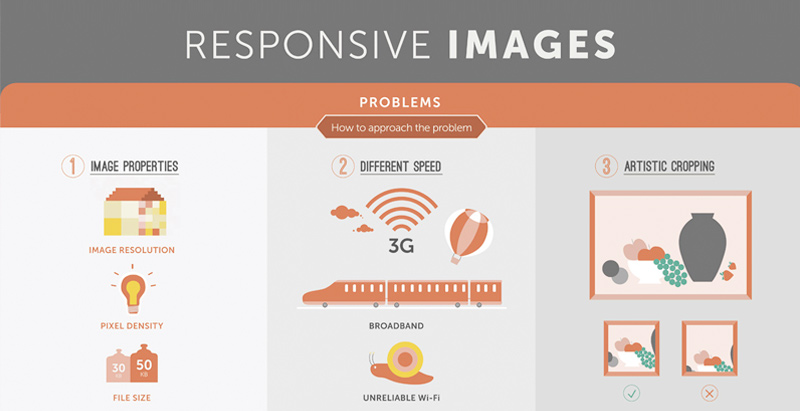The Evolution Of Web Site Layout: From Past To Present
The Evolution Of Web Site Layout: From Past To Present
Blog Article
Material Created By-Dalrymple Bowles
In the past, websites were basic and focused on details. Navigation was straight, and style was for desktops. Currently, customer experience is crucial. Data overviews layouts for simple navigation. relevant internet site suit different gadgets. Today, dark setting decreases pressure, and minimalist menus improve navigating. Interactive functions involve individuals, and strong visuals attract attention. AI assimilation increases engagement. See how style has evolved to boost your online journey.
Very Early Days of Website Design
In the early days of website design, simpleness reigned supreme. Websites were basic, with limited colors, typefaces, and formats. The emphasis was on giving info rather than showy visuals. Individuals accessed the web with slow-moving dial-up connections, so rate and capability were crucial.
Navigating website article writing were straightforward, commonly situated on top or side of the page. Web sites were developed for home computer, as mobile browsing had not been yet common. Material was king, and designers focused on simple readability over complicated design aspects.
HTML was the key coding language used, and designers needed to function within its restraints. Computer animations and interactive features were very little contrasted to today's standards. Sites were fixed, with little vibrant web content or tailored user experiences.
Rise of User-Focused Layout
With the advancement of web site layout, a change towards user-focused style principles has actually come to be progressively noticeable. Today, developing sites that focus on user experience is important for involving visitors and achieving business objectives. User-focused style involves understanding the requirements, choices, and actions of your target audience to tailor the website's layout, web content, and includes as necessary.
Designers currently perform comprehensive study, such as customer studies and usability testing, to collect insights and responses straight from individuals. This data-driven technique aids in developing intuitive navigation, clear calls-to-action, and visually attractive interfaces that resonate with site visitors. By positioning the individual at the center of the style procedure, sites can deliver an extra individualized and pleasurable experience.
Responsive layout has likewise become a vital facet of user-focused layout, making sure that internet sites are enhanced for numerous gadgets and screen dimensions. This flexibility boosts availability and usability, catering to the diverse ways customers communicate with web sites today. Essentially, the surge of user-focused layout represents a shift towards producing electronic experiences that prioritize the demands and assumptions of the end individual.
Modern Trends in Web Design
Discover the current patterns shaping website design today. One prominent fad is dark setting layout, supplying a sleek and modern-day appearance while reducing eye strain in low-light atmospheres. An additional crucial pattern is minimalist navigation, simplifying menus and boosting customer experience by concentrating on essential elements. Including micro-interactions, such as computer animated switches or scrolling effects, can create an extra interesting and interactive internet site. Responsive style remains important, making sure smooth customer experiences throughout various gadgets. Furthermore, making use of strong typography and asymmetrical formats can include aesthetic passion and accentuate certain web content.
Integrating AI innovation, like chatbots for customer support or tailored suggestions, improves user interaction and simplifies procedures. Availability has likewise become a significant trend, with designers prioritizing inclusive style methods to cater to varied user needs. Embracing sustainability by optimizing internet site efficiency for rate and performance is another arising pattern in website design. Working together with user responses and information analytics to iterate and boost style continuously is necessary for staying pertinent in the ever-evolving electronic landscape. By welcoming these modern-day fads, you can produce an aesthetically appealing, straightforward website that resonates with your audience.
Final thought
As you reflect on the development of internet site design from the very early days to currently, you can see how user-focused layout has actually become the driving force behind modern fads.
Embrace the journey of adjustment and adjustment in web design, constantly maintaining the customer experience at the forefront.
Keep present with the latest trends and technologies, and never quit progressing your method to produce visually stunning and user-friendly sites.
Progress, adjust, and create - the future of web design is in your hands.
